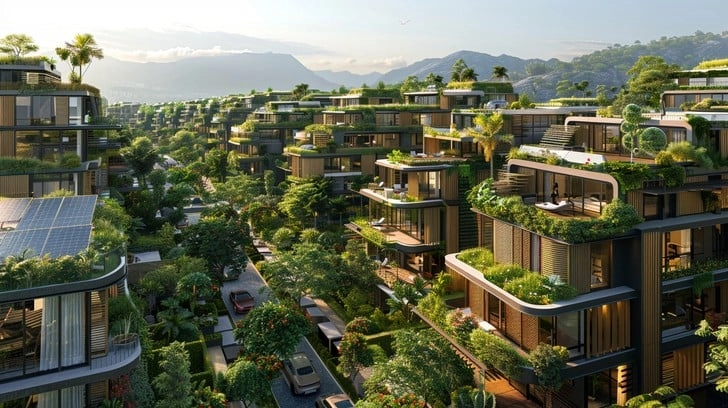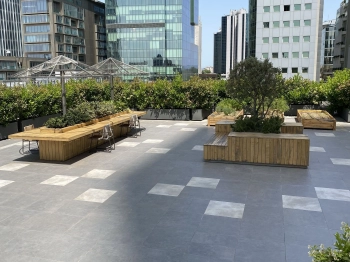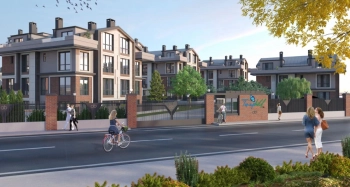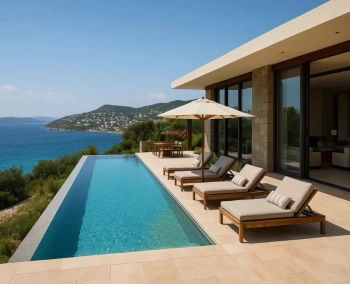The Rise of Eco-Friendly Horizontal Architecture: A Sustainable Future for Urban Living
What if urban living could be both luxurious and sustainable? How can horizontal architecture contribute to a greener future? Why are eco-friendly projects gaining momentum in real estate? These questions are at the heart of modern architectural innovation, where horizontal designs meet environmental consciousness. This article explores the transformative potential of eco-friendly horizontal architecture and its impact on urban development.
What Is Horizontal Architecture?
Horizontal architecture refers to low-rise, spread-out building designs that prioritize wide, open spaces over vertical density. Unlike skyscrapers, horizontal structures blend seamlessly with natural landscapes, minimizing environmental disruption. This approach is particularly popular in suburban and rural developments, where space allows for expansive, single-story or low-rise constructions.
Key features of horizontal architecture include:
- Open floor plans that enhance natural light and ventilation
- Integration with surrounding green spaces
- Reduced energy consumption due to shorter building heights
A real-world example is the Bosco Verticale (Vertical Forest) in Milan, which, despite its name, incorporates horizontal design principles in its terraced gardens. This project demonstrates how horizontal elements can coexist with vertical structures to create sustainable urban habitats.
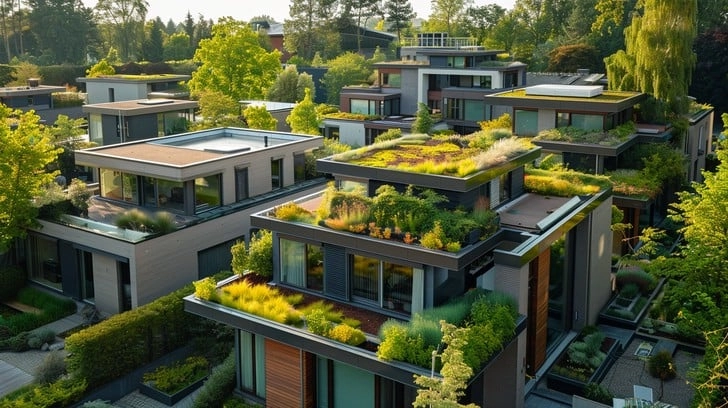
Why Eco-Friendly Design Matters in Horizontal Architecture
Sustainability is no longer a luxury but a necessity in modern construction. Horizontal architecture offers unique opportunities for eco-friendly design due to its low environmental footprint and adaptability to renewable energy solutions. By leveraging natural resources like sunlight and wind, these projects reduce reliance on artificial heating, cooling, and lighting.
Benefits of eco-friendly horizontal architecture:
- Lower carbon emissions through energy-efficient designs
- Enhanced biodiversity with green roofs and native landscaping
- Improved air quality due to reduced urban heat island effects
For instance, the One Central Park development in Sydney incorporates horizontal green spaces and solar panels, achieving a perfect balance between aesthetics and sustainability. Such projects highlight how eco-conscious design can redefine urban living.
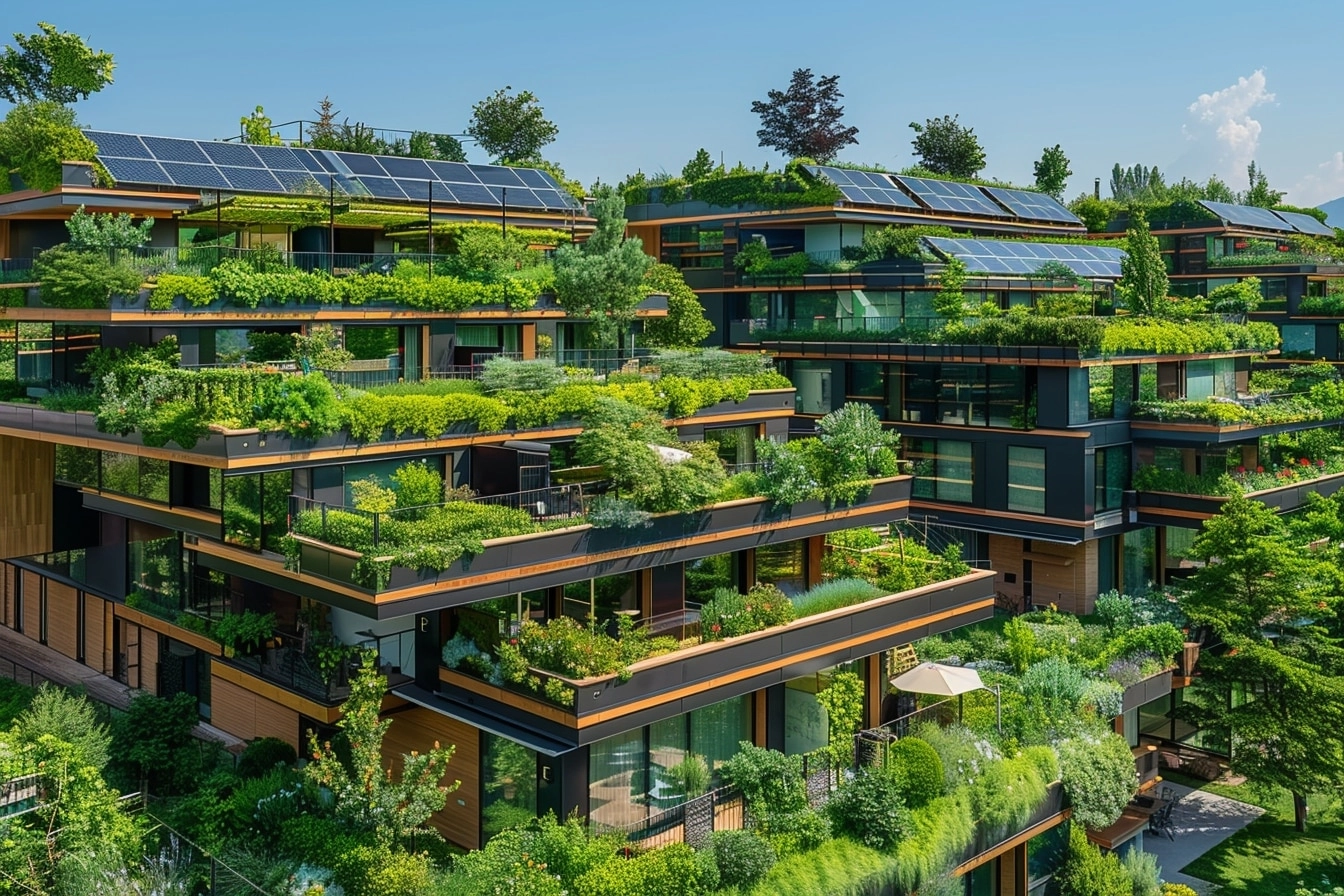
Key Elements of Sustainable Horizontal Projects
Creating an eco-friendly horizontal project involves more than just spreading out buildings. It requires thoughtful planning and innovative technologies to maximize sustainability. Here are some critical elements:
Energy Efficiency
Horizontal buildings can utilize passive solar design, where large windows and strategic orientation maximize natural light and heat. This reduces the need for artificial lighting and heating, cutting energy costs significantly.
Water Conservation
Rainwater harvesting systems and drought-resistant landscaping are common in horizontal projects. These features minimize water waste and promote self-sufficiency.
The Dockside Green community in Canada exemplifies these principles, with its horizontal layout designed for optimal solar gain and water recycling systems.
Challenges and Solutions in Horizontal Eco-Design
While horizontal architecture offers many advantages, it also presents challenges, particularly in urban areas where land is scarce. Sprawling designs may conflict with the need for high-density housing in cities. However, innovative solutions like mixed-use developments and modular construction can address these issues.
Solutions include:
- Combining residential and commercial spaces to optimize land use
- Using prefabricated materials to reduce construction waste
- Implementing smart zoning laws to balance density and greenery
An excellent case study is the Vauban district in Freiburg, Germany, where horizontal, energy-efficient homes coexist with ample green spaces and public transport links.
The Future of Horizontal Architecture
As climate change accelerates, the demand for sustainable housing solutions will only grow. Horizontal architecture, with its inherent eco-friendly potential, is poised to play a pivotal role in this transition. Future trends may include:
- Wider adoption of net-zero energy buildings
- Integration of smart home technologies for energy management
- Increased use of recycled and locally sourced materials
Projects like Masdar City in Abu Dhabi showcase the future of horizontal sustainable design, combining traditional architectural principles with cutting-edge green technologies.
Conclusion: A Greener Horizon Ahead
Eco-friendly horizontal architecture represents a harmonious blend of human habitation and environmental stewardship. By prioritizing sustainability, these projects offer a blueprint for future urban development that is both livable and kind to the planet. As technology advances and awareness grows, we can expect to see even more innovative and sustainable horizontal designs shaping our cities.
